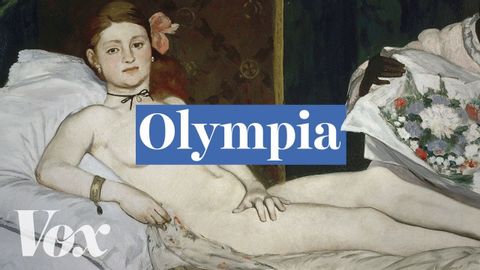The naked lady that changed the rules of art
 沒有此條件下的單字
沒有此條件下的單字US /kəˈpæsɪti/
・
UK /kə'pæsətɪ/
- n. (c./u.)容量;能量;生產力;能力;才能;地位;職位;電容;法律行為能力
- n. (c./u.)聲稱、主張;聲稱;要求;索賠;權利;索賠
- v.t.要求、認領;奪走(如生命);聲稱;索取
US /ˈtɛkstʃɚ/
・
UK /ˈtekstʃə(r)/
- n. (c./u.)(文藝作品等的)組織;結構;紋理:質感:質地
- v.t.使...具有粗糙或浮凸的紋理
US /ˌɪntlˈɛktʃuəl/
・
UK /ˌɪntəˈlektʃuəl/
- n. (c./u.)智力的;使用腦力的;知識分子
- adj.智力的;理智的
